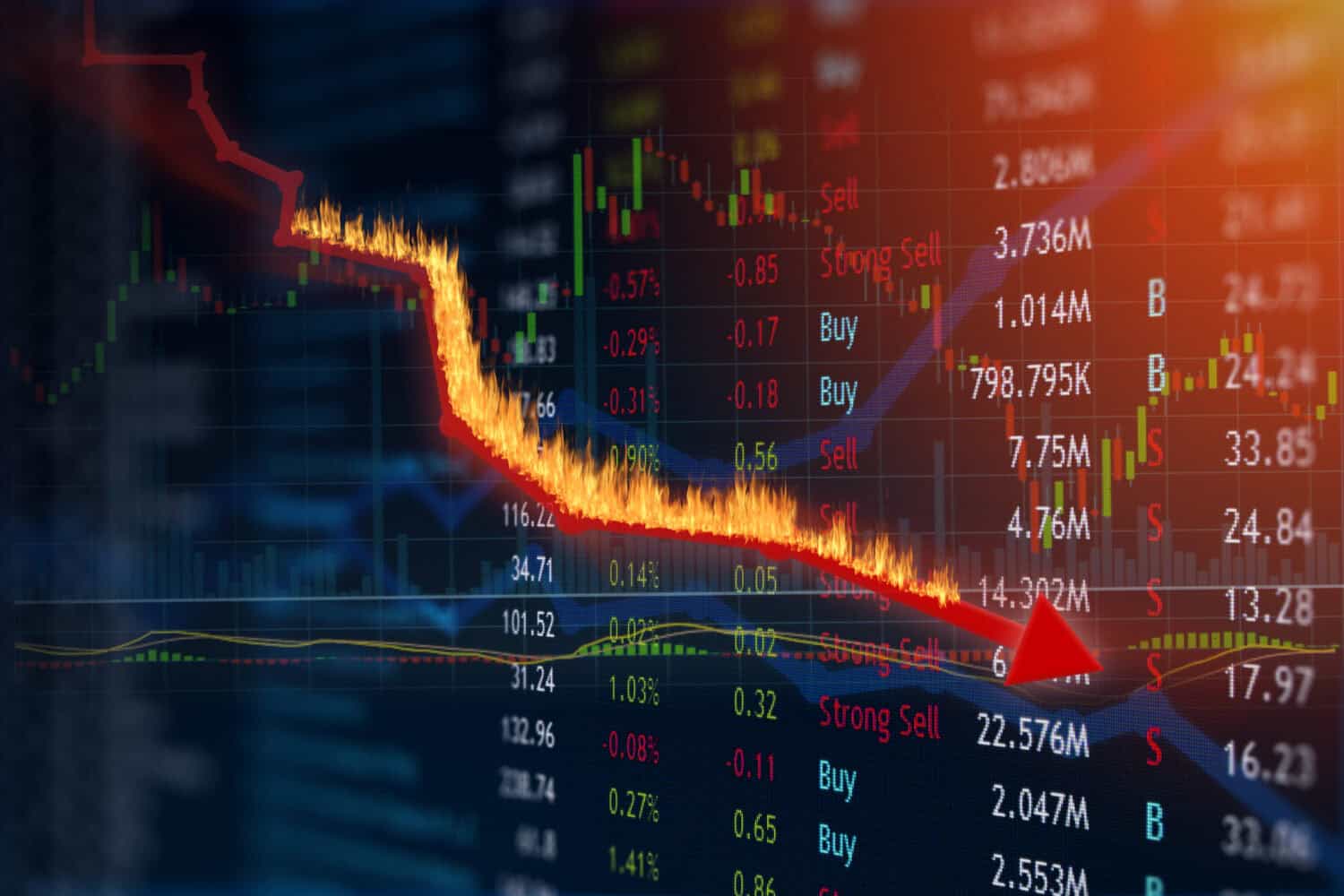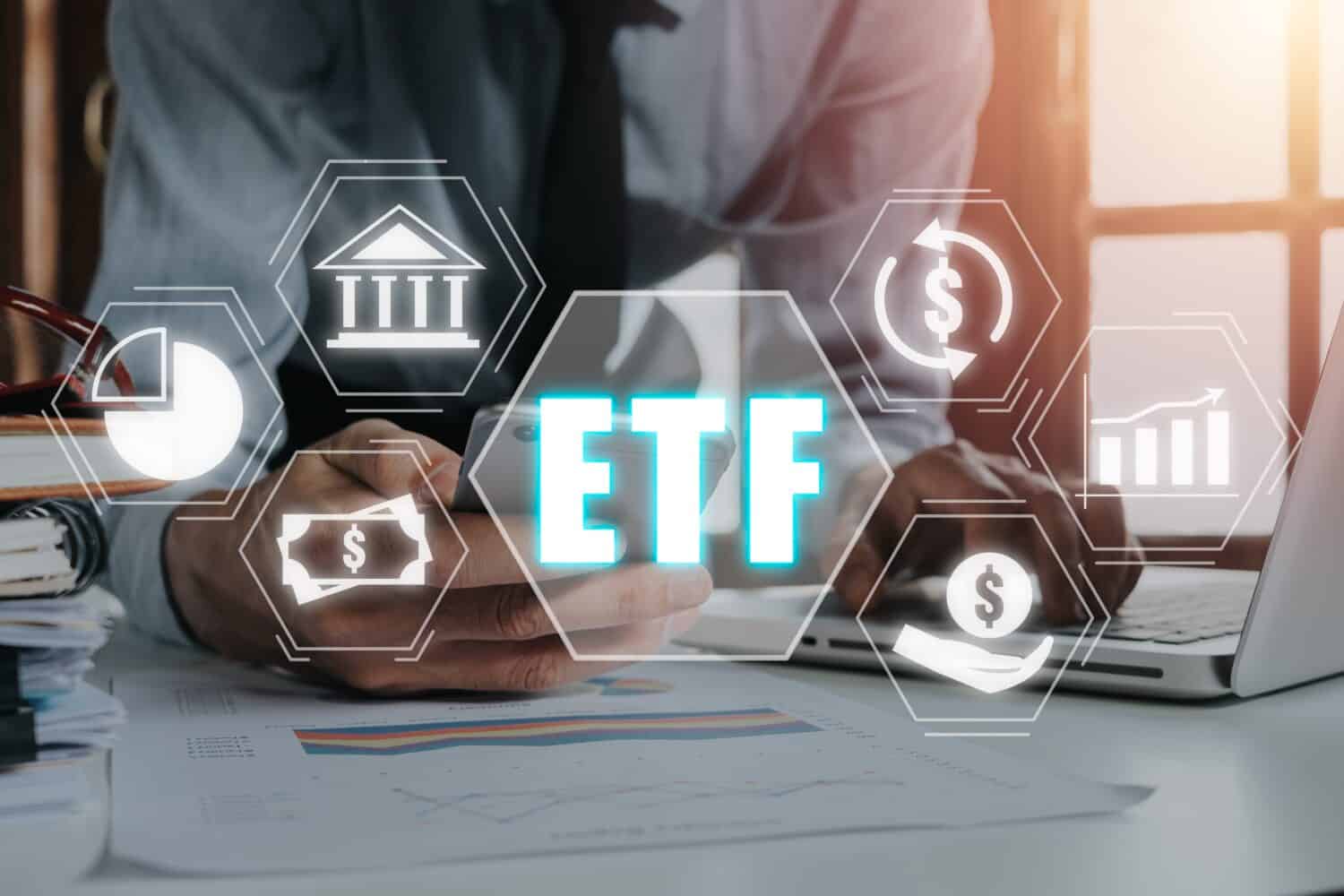

Exchange-traded funds (ETFs) are a popular choice for investors looking for instant diversification. ETFs offer a basket of securities that track a particular index, providing investors with a cost-effective way to gain broad market exposure. You’re basically investing in many stocks at once instead of purchasing them all individually.
We’ll examine two more popular ETFs, VFAIX and VOO, both of which track the S&P 500 Index. While they share the same underlying index, they have subtle differences in their structure and characteristics.
To determine which ETF is best for you, let’s examine key factors like fees, risk portfolios, and historical performance.
What is VFAIX?

The Vanguard 500 Index Fund Admiral Shares (MUTF: VFAIX) is a mutual fund designed to track the performance of the S&P 500 Index.
The S&P 500 Index is widely recognized as the benchmark for the US stock market. It represents the 500 largest publicly traded companies in the United States and is used to gauge the market’s overall health.
VFAIX aims to provide investors with long-term capital appreciation by replicating the performance of the S&P 500 Index. This means the fund invests in the same proportion of stocks as the index, offering investors broad market exposure and the potential to benefit from the long-term growth of the US stock market. As a mutual fund, the VFAIX is priced once per day and does not have intraday price moment like a stock does.
What is VOO?

The Vanguard S&P 500 ETF (NYSE: VOO) is an exchange-traded fund (ETF) designed to track the performance of the S&P 500 Index. Unlike a mutual fund, which trades at a single price at the end of each trading day, VOO trades continuously throughout the day like a stock.
This provides greater flexibility and potentially lower trading costs than a mutual fund.
VFAIX and VOO share the same objective of providing long-term capital appreciation by replicating the performance of the S&P 500 Index. They achieve this by investing in the same proportion of stocks as the index. You get broad market exposure and the potential to benefit from the growth of the US stock market.
VFAIX vs. VOO: What Fund is Right for You?

Now that we know what each fund is, let’s take a deeper look at the differences between them:
Fees and Risks
When choosing between VFAIX and VOO, it’s important to consider both cost and risk. VFAIX has a slightly higher expense ratio than VOO. This means that VFAIX charges a slightly higher annual fund management fee.
Beta measures an investment’s volatility relative to the overall market. It’s represented by a market beta of 1.0. In other words, a rating of “1.0” would be the exact same volatility as the stock market. VFAIX and VOO have betas close to 1.0, indicating that their volatility is roughly in line with the market.
Both VFAIX and VOO offer broad market exposure with similar risk profiles. However, VFAIX’s slightly higher expense ratio means it might slightly underperform VOO over the long term. Still, because both of these ETFs track the same index, their differences are very subtle.
Historical Performance
Both VFAIX and VOO have historically delivered very similar returns, with minimal differences due to their shared objective of tracking the S&P 500 Index.
| Timeframe | VFAIX | VOO |
| 1 Year | -4.05% | -4.09% |
| 2 Years | 4.30% | 4.28% |
| 5 Years | 5.97% | 6.03% |
| 10 Years | 22.67% | 22.63% |
As you can see, historical returns for VFAIX and VOO are almost identical across all timeframes. They track the same index, so it makes sense that they would deliver a very similar performance.
Top Holdings
VFAIX and VOO hold the same 500 companies in the S&P 500 Index. The weight of each holding is also the same. However, due to slight differences in the timing and execution of trades, the exact composition of top holdings may vary slightly throughout each trading day.
They aren’t exactly the same, but they will be pretty close.
Here are the top 10 holdings of both companies:
- Apple Inc. (NASDAQ: AAPL)
- Microsoft Corporation (NASDAQ: MSFT)
- Amazon.com, Inc. (NASDAQ: AMZN)
- Alphabet Inc. (NASDAQ: GOOGL)
- Berkshire Hathaway Inc. (NYSE: BRK)
- Tesla, Inc. (NASDAQ: TSLA)
- Nvidia Corporation (NASDAQ: NVDA)
- Meta Platforms Inc. (NASDAQ: META)
- Exxon Mobil Corp (NYSE: XOM)
- JPMorgan Chase & Company (NYSE: JPM)
Both of these brands have a very broad diversification across many sectors, including information technology, healthcare, and financials. The actual composition of these stocks changes over time as companies enter and exit the S&P 500 Index.
Which One Should You Invest In?

VFAIX and VOO are both excellent choices for investors seeking broad market exposure. They share the same objective and track the same underlying index, but there are very small differences you may want to consider:
- Structure: VFAIX is a mutual fund, while VOO is an ETF. This means VOO offers greater trading flexibility and potentially lower trading costs.
- Expense Ratio: VOO has a slightly lower expense ratio than VFAIX, which may lead to a slightly better long-term performance.
Ultimately, the best choice between VFAIX and VOO depends on your personal preference. VOO is better for active traders and the VFAIX is an easier solution if you plan on placing monthly investments into the fund.
In most cases, this isn’t a make-or-break decision. They’re similar with comparable returns, so choosing between them shouldn’t make a huge difference in the long run.
You may want to look at other, similar ETFs that track the S&P 500 Index, too, such as:
- iShares Core S&P 500 ETF (NYSE: IVV): A very similar ETF with a long track record.
- SPDR S&P 500 ETF Trust (NYSE: SPY): One of the most popular S&P 500 ETFs.
Remember, these ETFs should be just a part of your investment strategy. A good investment strategy is diverse. For instance, you may want to consider investing in growth stocks expected to rally, especially if you don’t mind some extra risk.
ALERT: Take This Retirement Quiz Now (Sponsored)
Take the quiz below to get matched with a financial advisor today.
Each advisor has been vetted by SmartAsset and is held to a fiduciary standard to act in your best interests.
Here’s how it works:
1. Answer SmartAsset advisor match quiz
2. Review your pre-screened matches at your leisure. Check out the advisors’ profiles.
3. Speak with advisors at no cost to you. Have an introductory call on the phone or introduction in person and choose whom to work with in the future
Take the retirement quiz right here.
Thank you for reading! Have some feedback for us?
Contact the 24/7 Wall St. editorial team.



